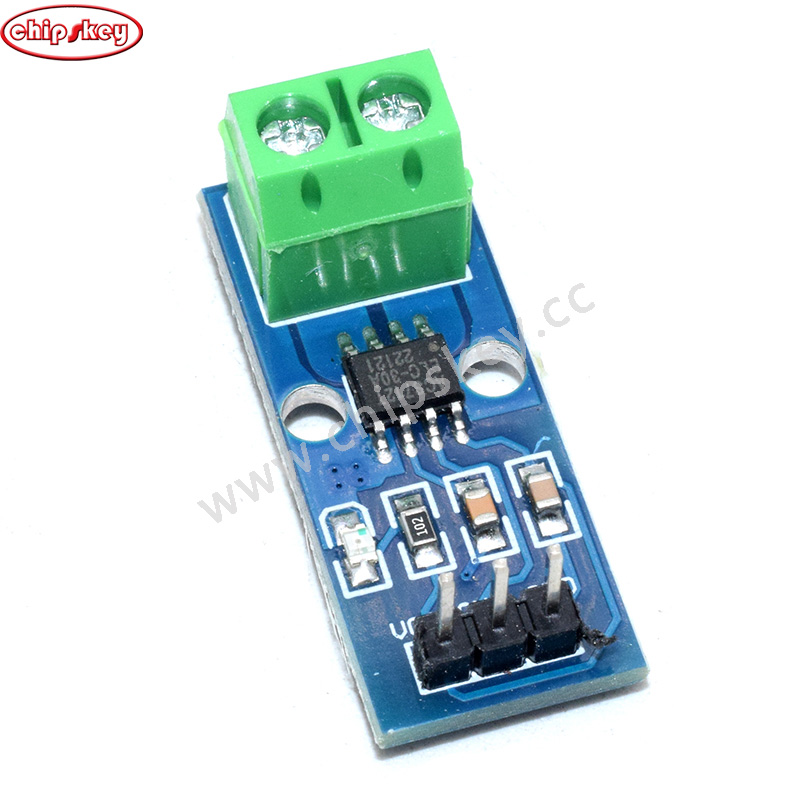

Other analog studies focused on the geochemical aspects of volcanic fields, mainly alterations in minerals and rocks. These large programs used the analog sites for scientific investigations, technology developments, and operations testing. In recent years, multi-institutional programs, such as NASA Desert Research and Technology Studies (Desert RATS), Solar System Exploration Research Virtual Institute (SSERVI), and Planetary Science and Technology from Analog Research (PSTAR), have made considerable progress at volcanic analog sites including the Hawaiian Islands and lava fields in the western United States (e.g., Craters of the Moon National Monument, Idaho). One of the most often-used terrain types for analog studies are volcanic fields, as large proportions of lunar and Martian surfaces are volcanic in nature. Many planetary analog studies with a variety of objectives have been conducted invarious parts of the world since the beginning of the modern exploration of extraterrestrial bodies. We also evaluated the benefits and limitations of all three remote sensing methods for mapping key minerals and capturing rock diversity, based on available samples and existing geological maps.

Based on an integrated assessment of the three datasets, we highlighted three regions of particular interest worthy of further field investigation.

From the Terra Advanced Spaceborne Thermal Emission and Reflection Radiometer Global Emissivity Dataset, we derived the silica percentage of non-evaporite rocks within errors of approximately 2–3 wt.% SiO 2 for those in the 60–70 wt.% range (about 8 wt.% errors for the 50–60 wt.% range). We also used Hyperion imagery to detect feldspar spectral signatures and demonstrated that feldspar minerals can be detected on non-anorthosites, which may influence interpretations of feldspar spectral signatures on Mars. The band ratio indices of Landsat 8 Operational Land Imager multispectral images and mineral classifications based on spectral hourglass approach using Earth Observing-1 Hyperion hyperspectral images (both in the visible to shortwave infrared wavelengths) were used to map iron-bearing and alteration minerals. Motivated by the potential of using the APVC as an analog of the volcanic terrains of solar system objects, we mapped the mineralogy and silica content of the APVC up to ~100,000 km 2 in northern Chile based on a combination of remote sensing data resembling those of the Moon and Mars. The unique features of the APVC, e.g., hydrothermal fields and evaporite salars, have been used as planetary analogs before, but the complexity of the APVC presents a wealth of opportunities for more analog studies that have not been exploited previously. The Altiplano-Puna Volcanic Complex (APVC) of the Central Andes is an arid region with extensive volcanism, possessing various geological features comparable to those of other solar system objects.


 0 kommentar(er)
0 kommentar(er)
